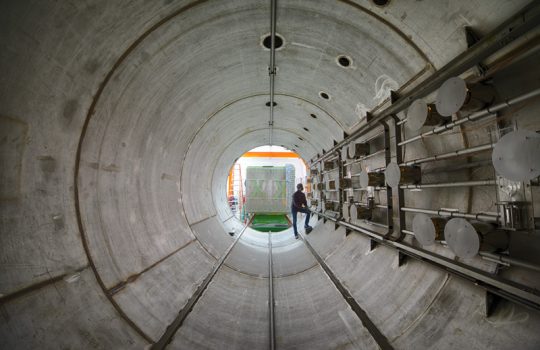Can sterile neutrinos exist?
From Scientific American, November 4, 2021: Physicists have wondered if neutrino particles come in a mysterious fourth variety. Now new experimental findings complicate the question. Physicists have wondered if neutrino particles come in a mysterious fourth variety. The MicroBooNE experiment findings announced last week by Fermilab heightened the mystery of why too many particles showed up in a detector during an experiment on the 1990s.

